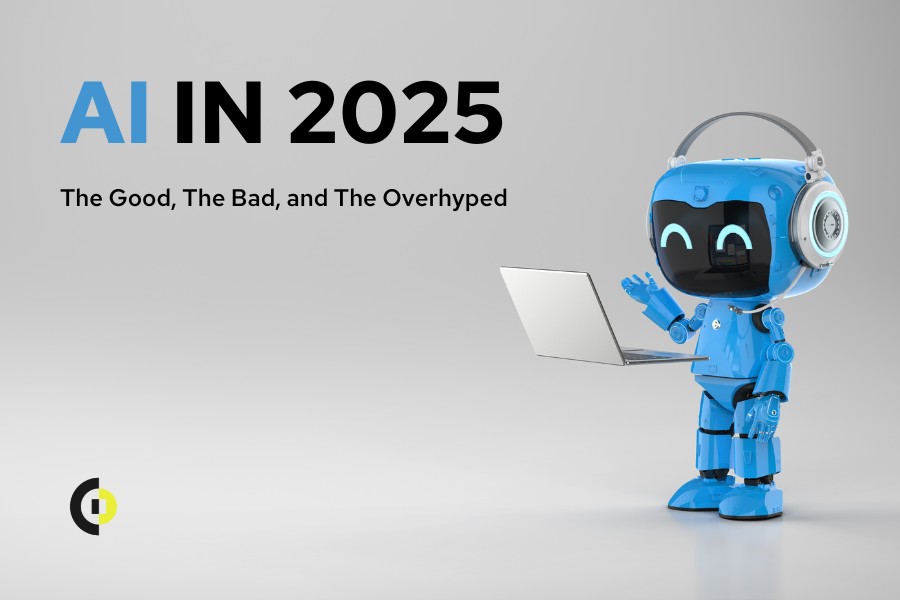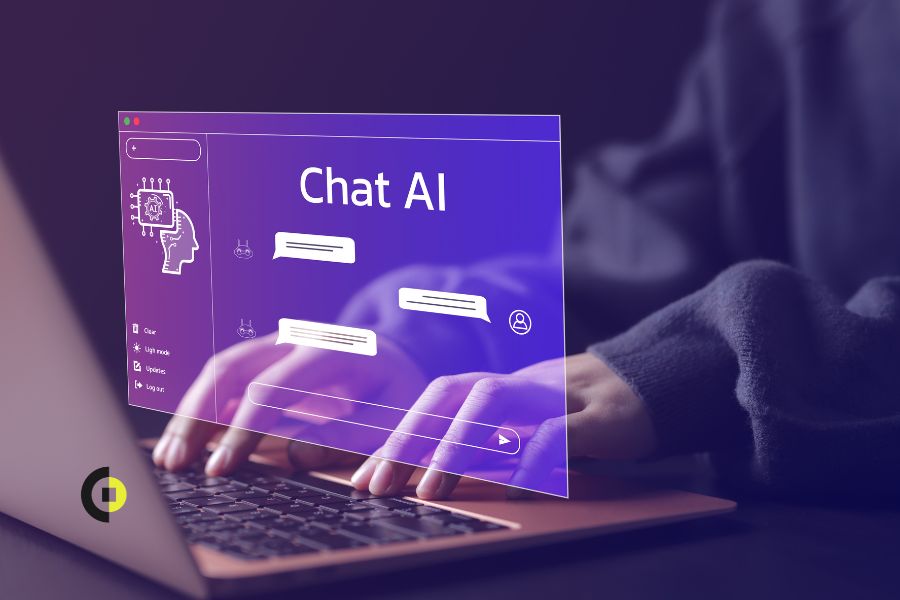While preparing for AI in 2025 and assessing the current state of the software development industry, there are many issues to consider. In recent years, AI-driven solutions have emerged at an alarming rate, cluttering the market with an almost infinite number of automated tools and intelligent systems. When you look beyond the buzz, much of this so-called innovation turns out to be vaporware—overhyped products relying on existing legacy APIs rather than true technological breakthroughs.
The AI in 2025 Investment Frenzy: Are We Repeating Past Mistakes?
In many ways, the AI investment boom closely resembles past market bubbles. Venture capitalists, private investors, and angel funders are betting big on AI startups, hoping that just one in a thousand will grow beyond the proof-of-concept phase. The reality? A flood of startups offering hyped-up solutions to problems that don’t even exist.
The latest AI phenomenon, this unrelenting flood of AI-powered “this and that,” is more about capitalizing on current AI models than actual innovation. Many startups sprout within a day to provide solutions to problems that have not yet been defined and offer rather fuzzy products that promise the world but provide no real technological advancements.
One-Size-Fits-All AI in 2025: A Problem for Businesses
This is not about some flashy technology for technology’s sake. Organizations need AI-driven solutions that are tailored to their specific needs, yet the current trend favors one-size-fits-all products wrapped in sleek marketing campaigns. The appeal of fast, automated, and AI-powered development is undeniable, but at what cost? Businesses investing in AI in 2025 must carefully evaluate ROI, ensuring that their spending is sustainable and that their investments don’t disappear into yet another tech bubble.
The AI Obsession Is Undermining Other Critical Sectors
The relentless focus on AI has led to an imbalance in funding, with sectors like:
- Cybersecurity
- Digital health
- Legacy system modernization
receiving far less investment despite their importance. While AI in 2025 attracts billions in venture capital, these equally critical areas receive only a tiny amount of financial support. This could lead to long-term consequences for the software industry, where essential advancements are neglected simply because they don’t align with the current AI hype.
Legacy Systems Still Hold Value—Even Without AI
There has never been a greater divide between overhyped AI solutions and traditional software development techniques that actually deliver value. Modernizing legacy systems and refining business applications still deliver strong returns—no AI buzzwords needed. The software industry thrived long before AI, and while AI-powered tools can be beneficial, they should complement—not replace—core development strategies.
AI Hype vs. Sustainable Innovation
I have noticed that rapid growth can cause companies to overlook their core fundamentals. History has shown that market hype is short-lived. The tech industry is filled with cautionary tales of overhyped ventures that failed, leaving behind financial losses and broken promises. As we step into 2025, companies must approach AI with a pinch of salt. Investments should be made in AI products that can deliver tangible results, not just those simply wrapped up in new jargon.
The Future of AI: Real Innovation or Another Fad?
AI is here to stay, but let’s be honest—not every AI-powered product is worth the hype. The buzzwords are flying at full speed: “Innovation!” “Game-changing!” “Revolutionary!” But more often than not, these so-called breakthroughs are just flashy repackaging of existing tech, barely pushing the industry forward. The challenge for tech professionals and software developers is clear:
- Adopt change wisely
- Differentiate between real innovation and market fads
- Invest in solutions with long-term value
AI Hype vs. Real Business Impact
It’s our responsibility to critically evaluate the technologies we adopt—and AI doesn’t get a free pass. Every new AI tool and service needs to prove its real-world impact, not just attract investor dollars. This is a high-risk game, and businesses investing in AI-driven solutions must ensure they aren’t throwing money into a flashy, overhyped void.
AI in 2025 should enhance efficiency and drive innovation, but let’s not kid ourselves—it’s also a major threat to companies that fall for the wrong trends. Just like in past tech bubbles, only the truly valuable innovations will stand the test of time.
Hype Machines and Money Birds
We’ve seen this play out before. Remember Blockchain and Tokenomics? A wave of buzzwords, speculation, and empty promises. What was left after the dust settled? The actual tech infrastructure that brought real value—while the scam coins and “get rich quick” preachers faded into irrelevance.
AI in 2025 is following the same script. The core technology will thrive and reshape industries, but let’s be real—many of today’s AI startups are just thinly veiled cash grabs, hoping to ride the AI wave until the next big trend comes along.
The money birds have landed, and self-proclaimed AI gurus are busy monetizing every possible branch of the tree. Meanwhile, ethics and real innovation are conveniently left behind in favor of flashy pitch decks and investor-friendly jargon.
AI in 2025: The Road Ahead—Opportunity or a Minefield?
As we head into 2025, the tech landscape is a mix of risks and opportunities. Another “next big thing” is emerging, but beneath the AI hype, real innovation still exists. For software developers and tech professionals, the key question isn’t whether AI is valuable—it’s about recognizing what’s real and what’s just a short-lived gimmick. True progress isn’t about chasing trends—it’s about building technology that actually works.
Final Thoughts: AI Won’t Take Our Jobs—But It Will Change Them
AI isn’t the enemy. It won’t replace us—but it will redefine the game. The challenge is not just adopting AI but knowing which AI to trust. Let’s leave the Shiba Inu-style hype for the speculators. The future of AI belongs to those who focus on real, sustainable innovation—not those riding the latest noise wave. And please, let’s make AI about something more meaningful than yet another “how would Nicki Minaj and my kids look” app.
Disclaimer: These are purely my personal thoughts and do not reflect my company’s official stance on AI or business strategy. Every ounce of sarcasm is intentional and fueled by my deep-rooted inability to be thrilled, amazed, dazzled, awestruck, spellbound… (feel free to add more synonyms) by fleeting tech trends. Still, I love long walks and hiking.
Tags:





